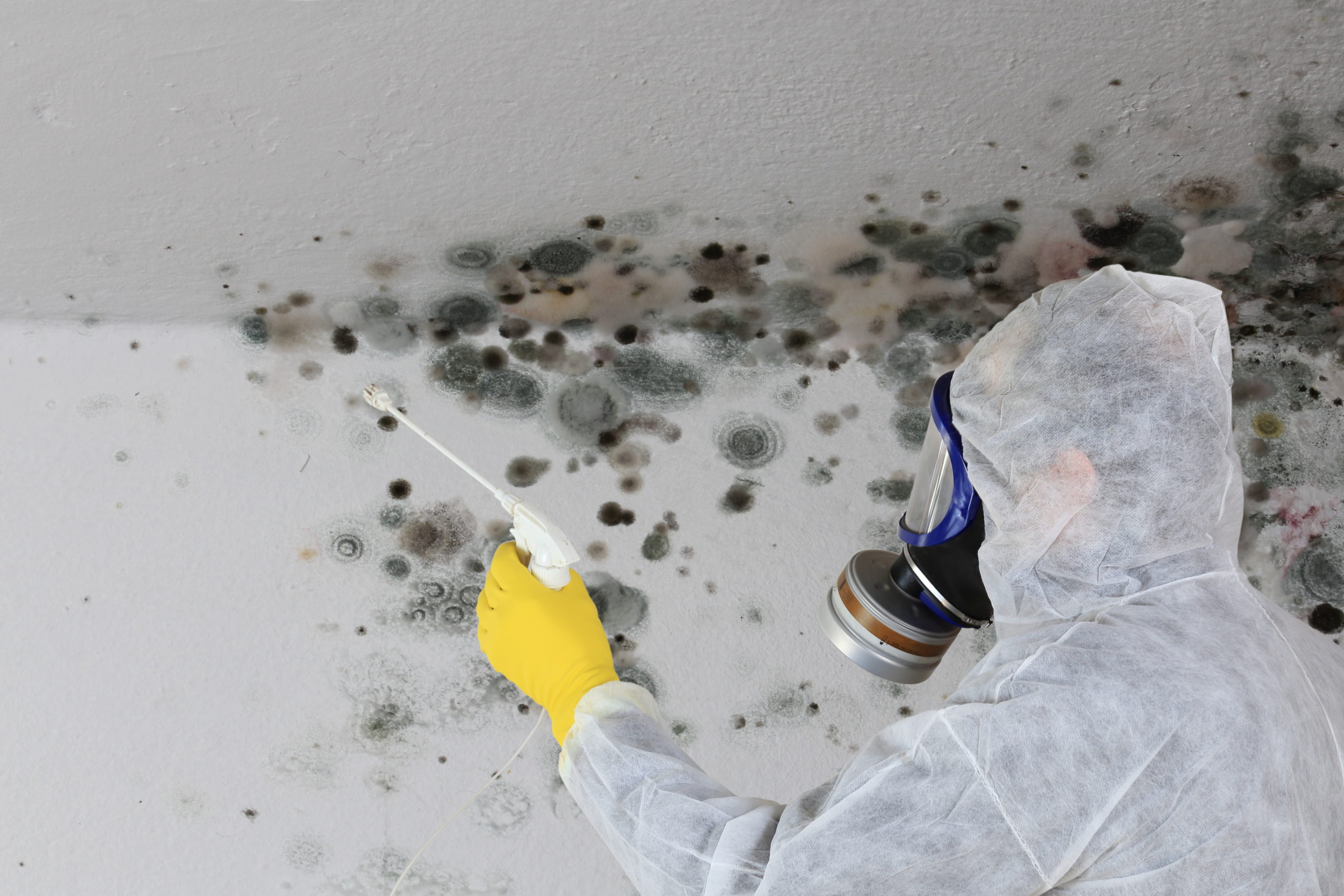Updated technician and staff training required to meet new standards
In March 2012, OSHA revised the Hazard Communication Standard to align with the Globally Harmonized System of Classification and Labeling of Chemicals (GHS). The revised standard, now referred to as HazCom 2012, represents one of the most sweeping regulatory changes to be handed down by the Agency in years. As such, HazCom 2012 will impact the entire institutional and industrial cleaning industry: manufacturers, distributors and cleaning service providers will all be affected in one manner or another due to the changes in HazCom 2012.
Background
GHS was developed by the United Nations as a global approach to classifying hazardous chemicals and communicating those hazards in a more uniform manner via labels and safety data sheets.
To comply, manufacturers must reclassify the hazards of their chemical products consistent with the GHS, and develop GHS-compliant safety data sheets (SDSs) and labels which must be provided to downstream customers. Likewise distributors must pass along the SDSs and properly labeled products to their customers such as cleaning service providers. Under the GHS revisions, employers (i.e., manufacturers, distributors and cleaning service providers) must train their employees on the new GHS labeling and SDS elements, and make any necessary update to their hazard communication programs and workplace labeling strategies.
Bottom line: Manufacturers and distributors of cleaning products as well as cleaning service providers have a great deal of work ahead of them to comply with HazCom 2012 as the deadlines for compliance are fast approaching, while one deadline has already passed us by. In contemplating how you will comply with these changes, it is helpful to consider the four key deadlines for compliance outlined in HazCom 2012.
First HazCom 2012 Deadline: Dec. 1, 2013 (Employers)
By this date, employers (cleaning service providers, manufacturers and distributors) must have trained their employees who may be exposed to chemicals on the new GHS label elements and new SDS format and content. OSHA made this the first priority because GHS-formatted labels and SDSs are already making their way into U.S. workplaces well ahead of established deadlines. Therefore OSHA wants employees to be familiar with these changes now.
This training is designed to educate and inform workers about the new GHS SDS and label elements (see discussion below), and is in addition to the education and training previously required by OSHA for new hires. If you have not yet conducted this training, it is imperative that you do so as soon as possible so that your employees are aware of and understand these important changes. ISSA has a number of no cost and low cost options to meet this training requirement at www.issa.com/ghstraining.
Second HazCom 2012 Deadline: June 1, 2015 (Manufacturers and Distributors)
Effective June 1, 2015, manufacturers and distributors must be in compliance with the GHS SDS elements in HazCom 2012, and must provide the updated SDSs with the first shipment of the product to downstream customers. In addition, manufacturers must also be in compliance with the new GHS labeling requirements for all chemical products by June 1, 2015.
Under HazCom 2012, SDSs in the GHS format have 16 sections that must be presented in a strict order. The format is similar to the ANSI standard, with a few modifications.
On the SDS, section 2 is unique because it contains all of the hazard warning information found on the label (i.e., pictogram information, signal words, hazard warnings, and precautionary statements). On the SDS, pictograms can be reproduced in color or in black and white. They also can be substituted with the name of the pictogram that should appear on the label. It is important to note that sections 12-15 on the SDS cover information related to the environment and transportation and are not under OSHA’s jurisdiction; however, it is expected that most chemical manufacturers will likely adhere to the 16-part layout.
SDS Elements
The elements of a GHS-compliant safety data sheet (SDS) – which are replacing MSDS – are set forth below:
Section 1: Identification, which includes elements found on the label such as product identifier and contact information
Section 2: Hazard identification of the label elements, including the signal word, hazard and precautionary statements, and pictogram
Section 3: Ingredient composition and information, which for substances includes the chemical name and its synonyms; for mixtures, the same details as required for substances, but also must specify the concentration of each ingredient
Section 4: First aid measures
Section 5: Firefighting measures
Section 6: Accidental release measures, including instructions for evacuations, containment methods and cleanup procedures
Section 7: Handling and storage guidance
Section 8: Exposure controls and personal protection, including permissible exposure limits, engineering controls and recommended personal protective equipment
Section 9: Physical and chemical properties, including its appearance, odor, flammability or explosive limits, and melting or freezing points
Section 10: Stability and reactivity of the chemical
Section 11: Toxicological information, which addresses the likely routes of exposure and a description of exposure effects
Sections 12-15 Non-mandatory sections that might include ecological information, disposal considerations, transportation information and regulatory information
Section 16: Other information, such as when the SDS was prepared or when a revision was made
Labeling
In addition manufacturers must be in compliance with GHS-compliant labels under HazCom 2012 by June 1, 2015. A GHS compliant label must include the following elements:
1. Product Identifier
2. Supplier Identification
3. Signal Word(s)
4. Hazard Statement(s)
5. Precautionary Information
6. Pictogram(s)
Not only are these elements mandatory, but the execution of items 3-6 are prescribed, with OSHA providing the exact language along with pictograms or symbols that must be used on the label based upon the hazard classification of the product. This approach provides more uniformity in labeling, which leads to greater comprehension by employees.
![]() Pictograms are black hazard symbols on white backgrounds with red diamond borders. There are nine pictograms in all with symbols corresponding to flammables, oxidizers, compressed gases, acute toxicity, health hazards, corrosives, irritants, and environmental hazards. (The environmental hazard pictogram is not mandatory under HazCom 2012.)
Pictograms are black hazard symbols on white backgrounds with red diamond borders. There are nine pictograms in all with symbols corresponding to flammables, oxidizers, compressed gases, acute toxicity, health hazards, corrosives, irritants, and environmental hazards. (The environmental hazard pictogram is not mandatory under HazCom 2012.)
Third HazCom 2012 Deadline: Dec. 1, 2015 (Distributors)
Effective Dec. 1, 2015, distributors must begin distributing products with GHS compliant labels. OSHA granted distributors extra time to comply in order to accommodate distributors that may receive shipments with the new labels too near the June 2015 deadline to easily comply with it.
Fourth HazCom 2012 Deadline: June 1, 2016 (Employers)
By this date, employers (i.e., manufacturers, distributors and cleaning service providers) must be fully compliant with OSHA’s adoption of GHS. They must make any necessary updates to any alternative workplace labeling they may have as well as to revise and update their hazard communication programs. All affected employees must be trained on any new hazard or safety procedure identified during the chemical reclassifications done by manufacturers and distributors.
Conclusion
These sweeping changes to HazCom 2012 will require a great deal of work and preparation, in light of the fast approaching deadlines. Affected companies who have not yet begun to implement these new requirements, must do so immediately. The required changes are substantial and will require significant human and financial resources to complete.
ISSA, the Worldwide Cleaning Industry Association, has a number of resources designed to reduce your compliance burden related to HazCom 2012. To learn more about these readily available resources, contact Bill Balek, ISSA, 800.225.4772, bill@issa.com.
Bill Balek is Director of Environmental Services for ISSA. He is involved in public policy, programs and initiatives designed to facilitate the success of companies in the green cleaning marketplace.






